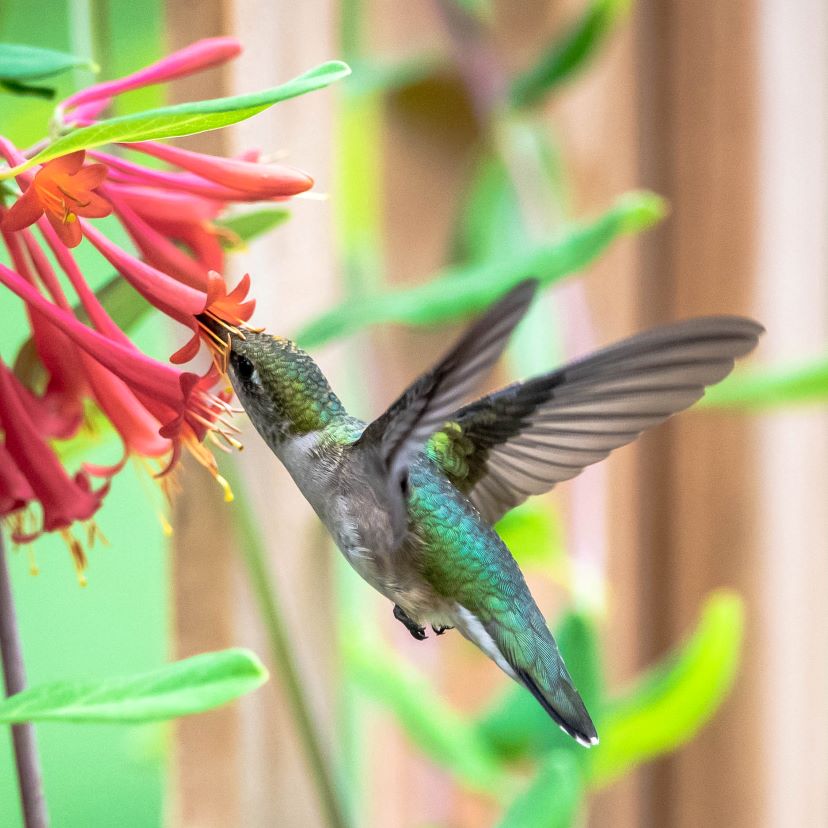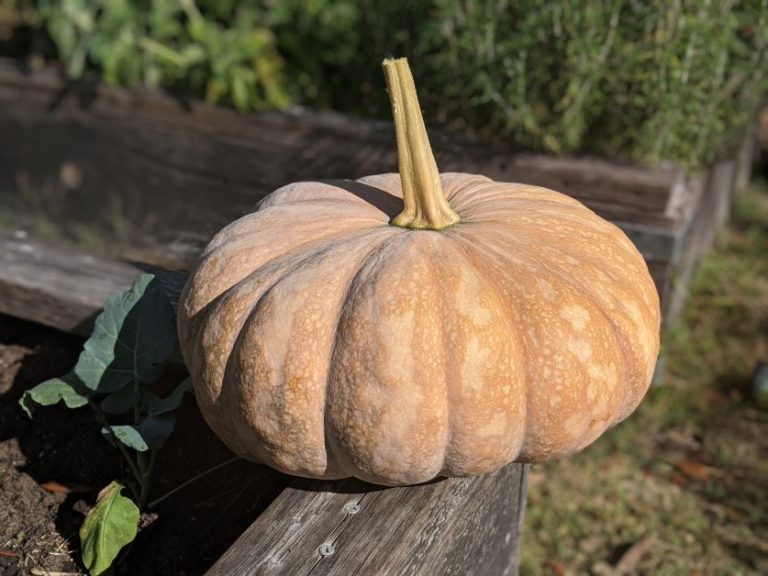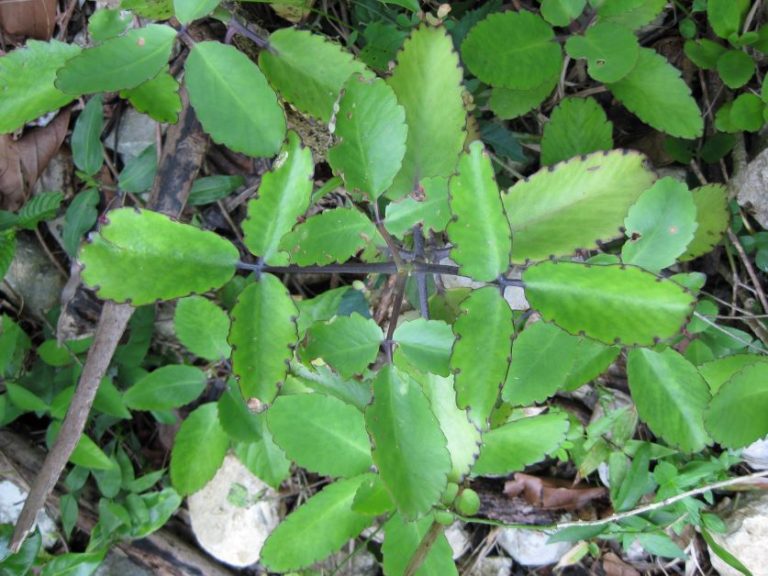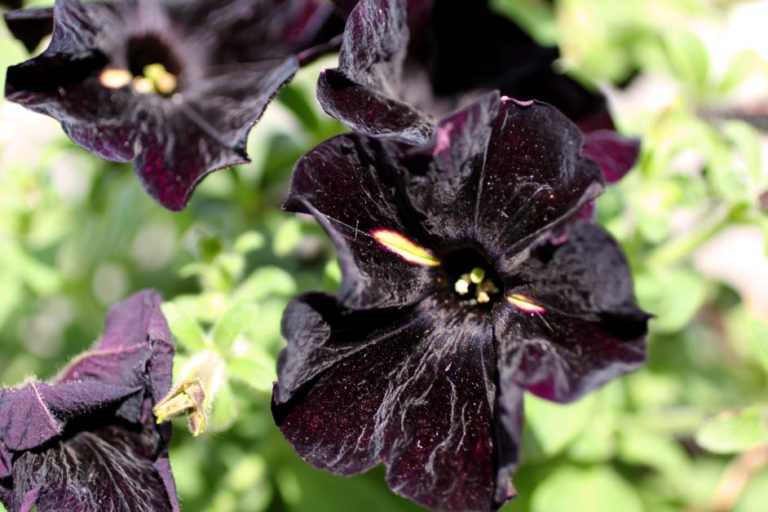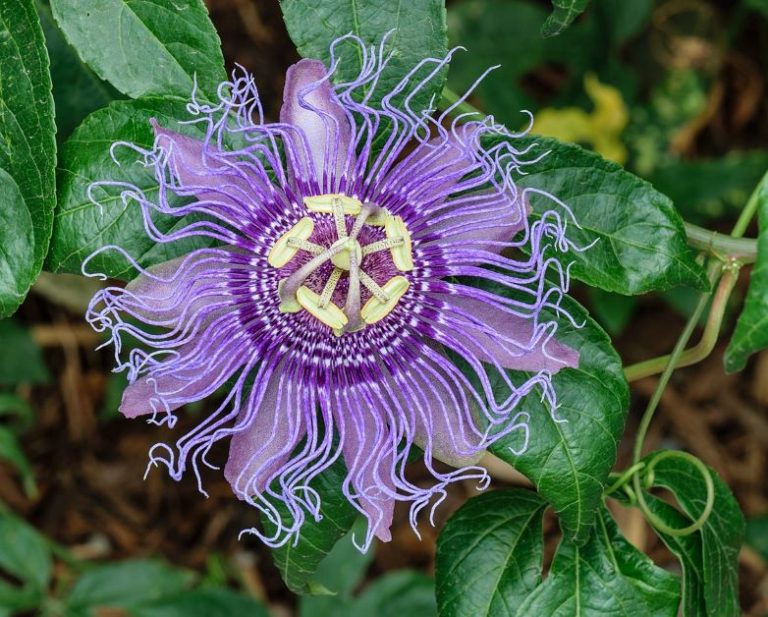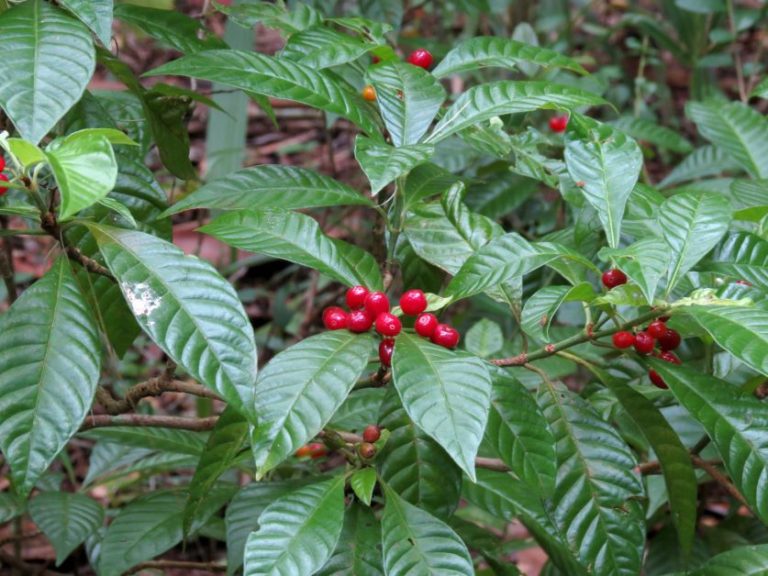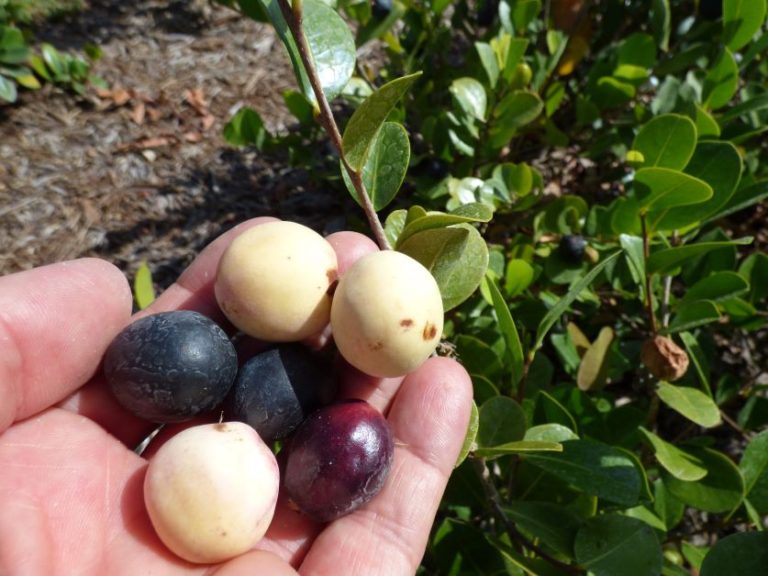Florida Native Plants for Hummingbirds
Have you ever wondered why most hummingbird feeders are red? It’s not an accident – red is the hummingbird’s favorite color. They also like orange and pink, but hummingbirds have learned to associate red flowers with an overabundance of nectar. If you want to know the secret of how to attract hummingbirds in Florida, it’s to plant a bunch of red flowers. Hummingbird flowers should also be bell or trumpet-shaped so that they can lap up nectar with their long, forked tongues.
While it’s totally cool to supplement your local hummingbird population’s diet with a hummingbird feeder, sugar water shouldn’t be their main source of food (don’t add red food coloring, either!). Hummingbirds need to eat 6,600 to 12,000 calories per day (!!!), and man-made hummingbird food is less nutritious than nectar.
Although some hummingbirds live year-round in South Florida, most only live in Florida from March to September. As such, plants for Florida hummingbirds should bloom during this time. March to September is also hummingbird nesting season, and these little dudes are territorial. Plant your hummingbird flowers in multiple clumps and space them out throughout your yard. Otherwise, the hummingbirds will fight over their food source and drive each other away.
Take a look through this list of Florida native plants for hummingbirds and add a couple to your collection. These plants aren’t only gorgeous, but you might have some feathered friends show up for dinner, too!
Florida Native Trees that Attract Hummingbirds
Red Buckeye (Aesculus pavia)
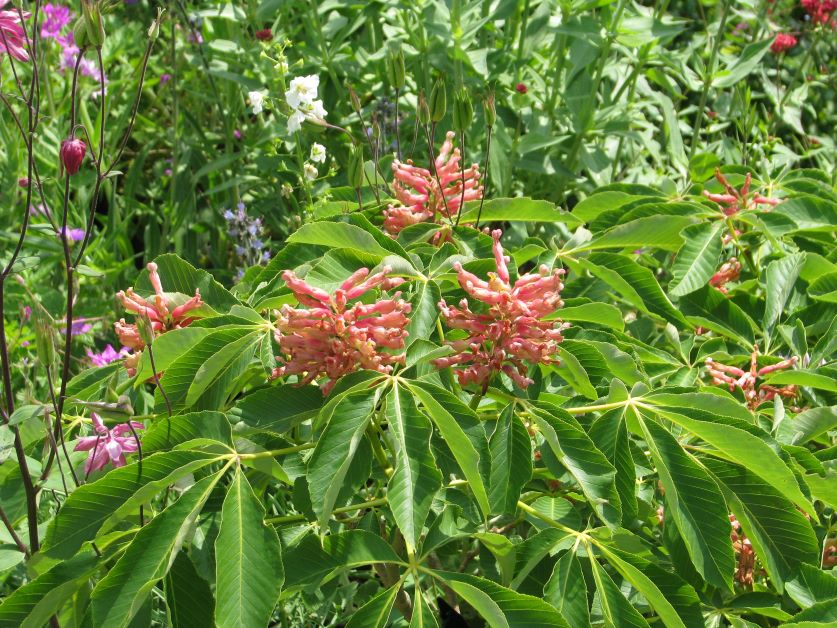
- USDA hardiness zones: 6 through 9
- Light: full sun to part shade
- Water: moderate; occasional drought is okay
- Soil: not picky as long as it’s well-draining; soil pH 5.5 to 7.5
- Size: 10 to 20 feet tall with a 10 to 20-foot span
- Bloom time: spring
- Toxic: toxic to humans and animals
- Other common names: scarlet buckeye, wooly buckeye, firecracker plant
Florida Native Shrubs that Attract Hummingbirds
Coral Bean (Erythrina herbacea)
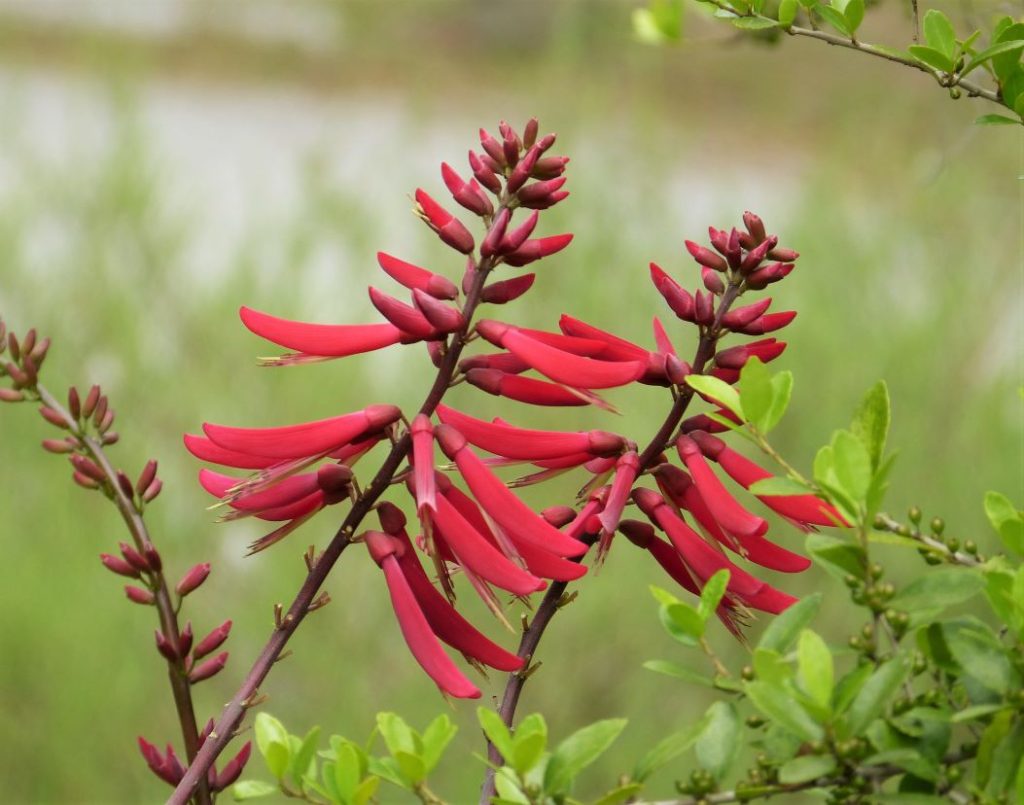
- USDA hardiness zones: 8 through 11
- Light: full sun to part shade
- Water: drought-tolerant when established
- Soil: sandy, loamy, clay; soil pH 5.4 to 7.6
- Size: 6 to 12 feet tall
- Bloom time: spring
- Toxic: seeds are toxic to humans and animals
- Other common names: Cherokee bean, Mamou plant
Firebush (Hamelia patens)
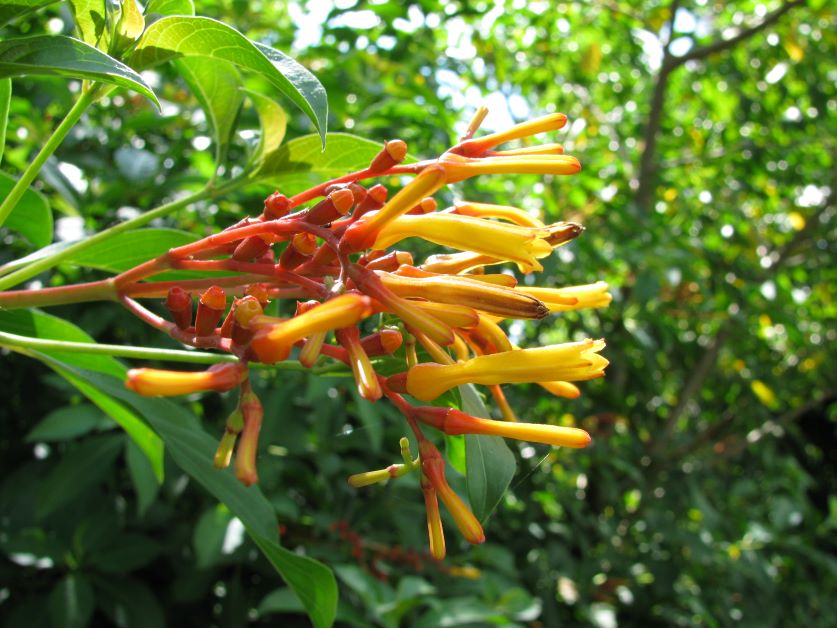
- USDA hardiness zones: 9 through 11
- Light: full sun
- Water: drought-tolerant once established
- Soil: loamy or sandy; soil pH 5.5 to 8.2
- Size: 6 to 12 feet tall; has potential to get to 12 feet tall
- Bloom time: spring through winter
- Toxic: no
- Other common names: scarlet bush
Red Star Hibiscus (Hibiscus coccineus)
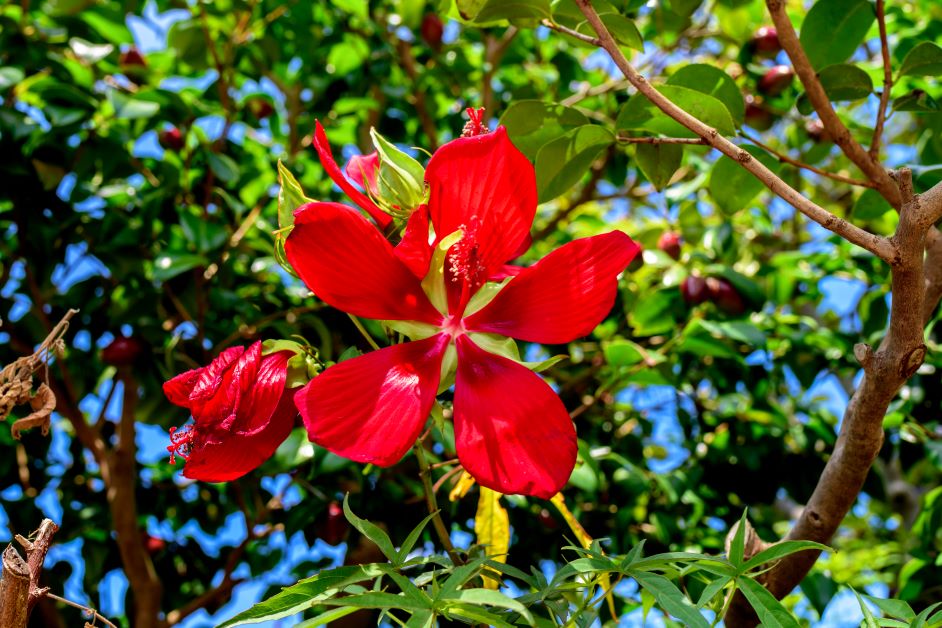
- USDA hardiness zones: 6 through 9
- Light: full sun to part shade
- Water: not drought-tolerant
- Soil: moist soil; soil pH 5.6 to 7.5
- Size: 3 to 6 feet tall and 2 to 3 feet wide
- Bloom time: summer through fall
- Toxic: no
- Other common names: scarlet rosemallow, crimson rosemallow, wild red rosemallow
Wild Azalea (Rhododendron spp.)
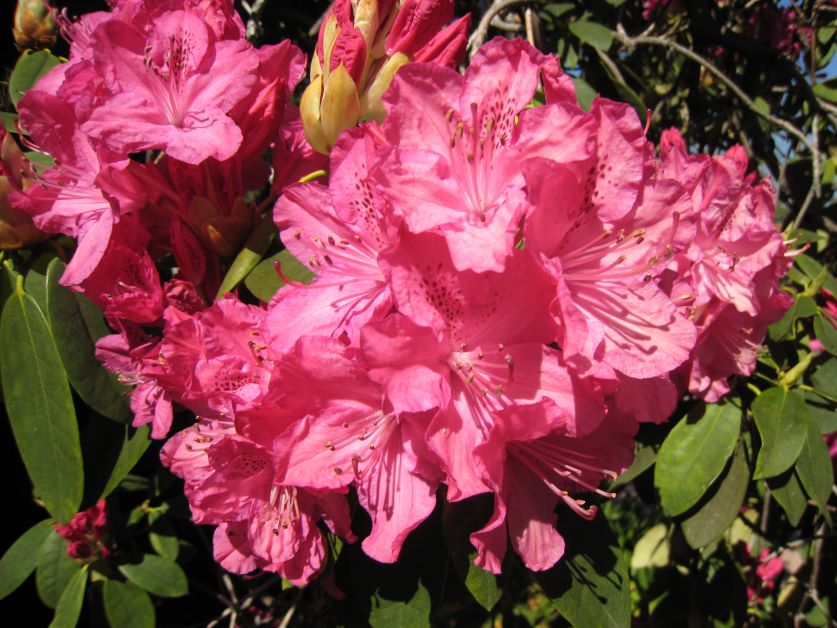
- USDA hardiness zones: 6 through 9
- Light: part shade
- Water: moderate; not drought-tolerant
- Soil: well-draining and fertile; soil pH 4.5 to 5.5
- Size: 6 to 15 feet tall, 6 to 10 feet wide
- Bloom time: spring through summer
- Toxic: toxic to humans and animals; can cause skin irritation
- Other common names: bush honeysuckle, pink pinxter, Piedmont azalea
Florida Native Vines that Attract Hummingbirds
Crossvine (Bignonia capreolata)
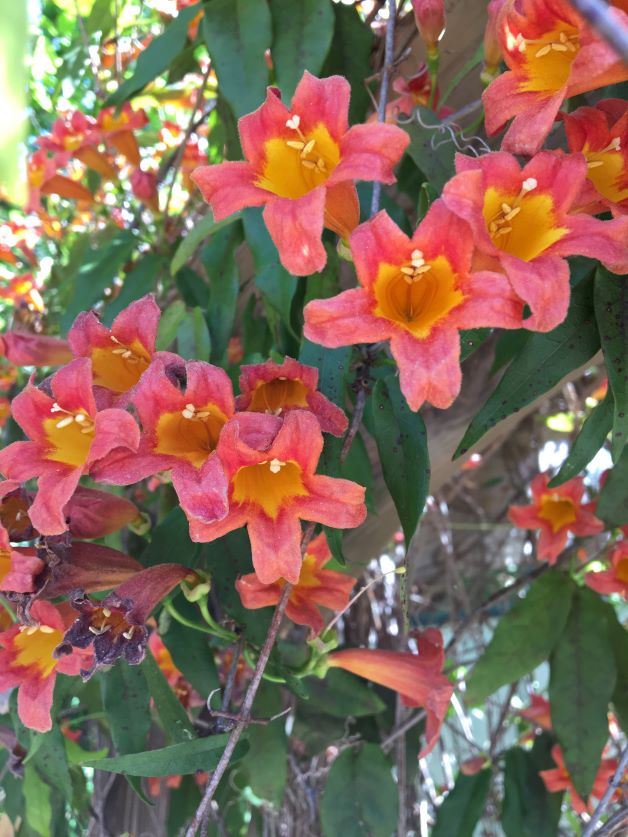
- USDA hardiness zones: 6 through 9
- Light: full sun
- Water: moderate; drought-tolerant once established
- Soil: well-draining and fertile; soil pH 6.8 to 7.2
- Size: vine length up to 50 feet
- Bloom time: spring
- Toxic: not known to be toxic, but easily confused with the highly toxic Carolina jessamine
- Other common names: n/a
Trumpet Vine (Campsis radicans)

- USDA hardiness zones: 4 through 9
- Light: full sun to part shade
- Water: moderate; prefers moist soil but drought-tolerant once established
- Soil: not picky as long as it’s well-draining; soil pH 6.0 to 8.0
- Size: vine length up to 40 feet
- Bloom time: spring through summer
- Toxic: mildly toxic to humans and animals; can cause skin irritation
- Other common names: trumpet creeper, trumpet flower, cow-itch vine
Coral Honeysuckle (Lonicera sempervirens)
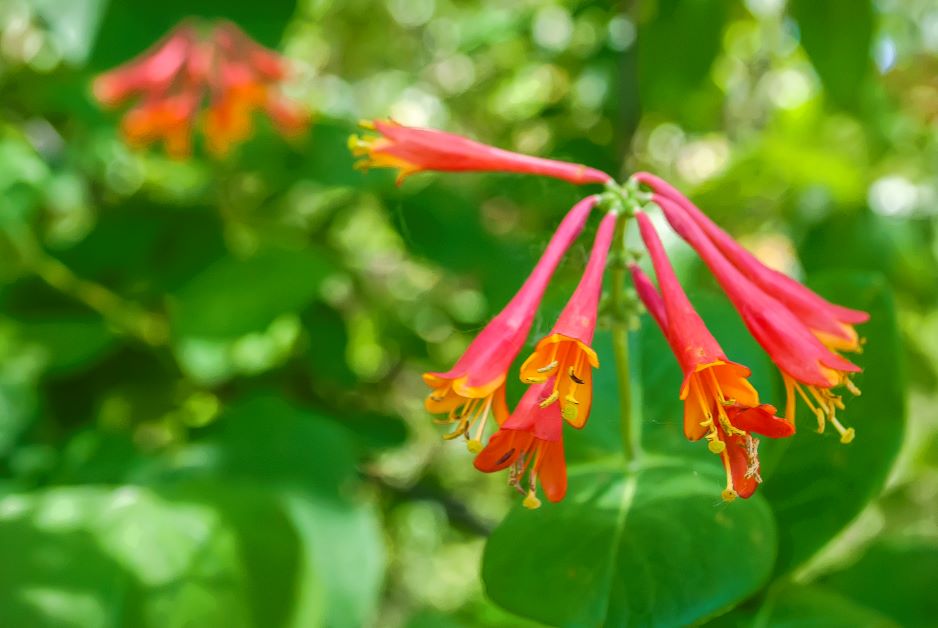
- USDA hardiness zones: 4 through 10
- Light: full sun to part shade
- Water: moderate
- Soil: well-draining and moist; neutral to acidic
- Size: vine length up to 15 feet
- Bloom time: spring through summer
- Toxic: likely toxic but unconfirmed
- Other common names: trumpet honeysuckle, woodbine
Coral honeysuckle is also on our list of best Florida groundcover plants!
Florida Native Perennials that Attract Hummingbirds
Butterfly Milkweed (Asclepius tuberose)
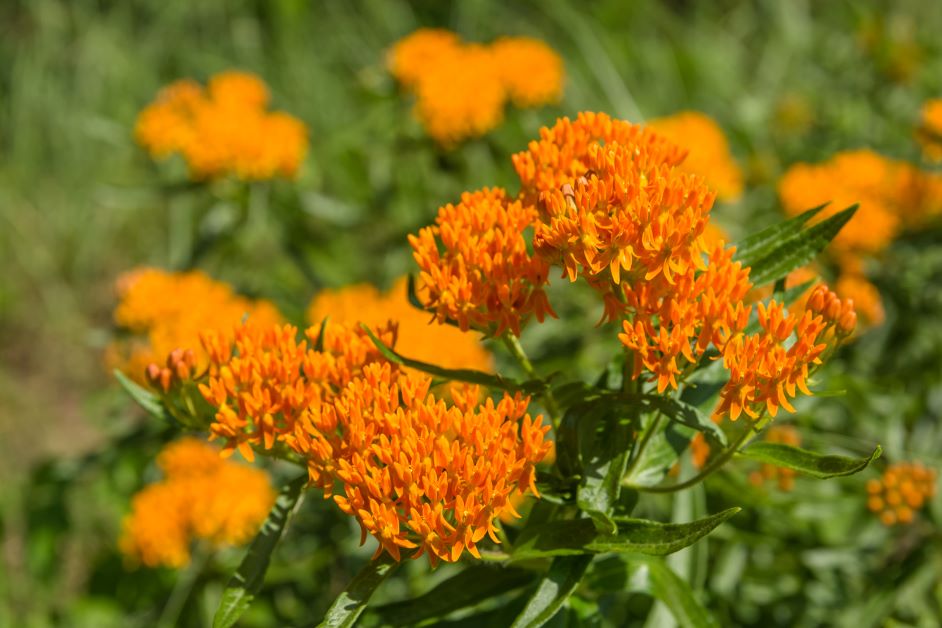
- USDA hardiness zones: 3 through 9
- Light: full sun
- Water: drought-tolerant
- Soil: well-draining and sandy; acidic to neutral
- Size: 1.5 to 2 feet tall and 1 to 1.5 feet wide
- Bloom time: spring through fall
- Toxic: toxic in large amounts
- Other common names: butterflyweed, orange milkweed, chigger flower, pleurisy root
Check out our guide to Florida native milkweed to learn more!
Red Basil (Calamintha coccinea)
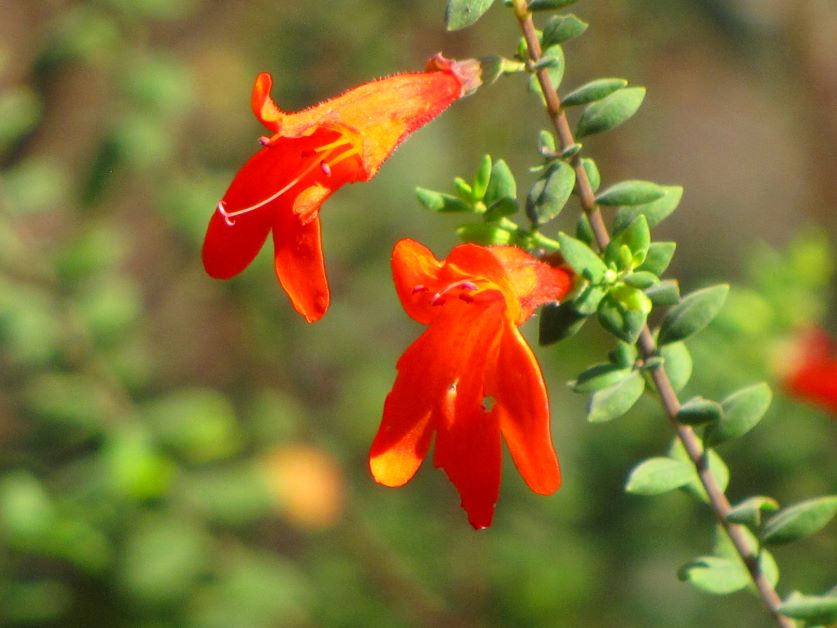
- USDA hardiness zones: 8 through 9
- Light: full sun
- Water: low; drought-tolerant
- Soil: very well-draining sand; slightly acidic to acidic
- Size: 3 to 4 feet tall and 2 to 3 feet wide
- Bloom time: spring
- Toxic: while other species of calamint are edible, the toxicity of Calamintha coccinea is unknown
- Other common names: scarlet savory, scarlet calamint
Note: this is a hard plant to get established and is most often found growing wild rather than cultivated.
Cardinal Flower (Lobelia cardinalis)
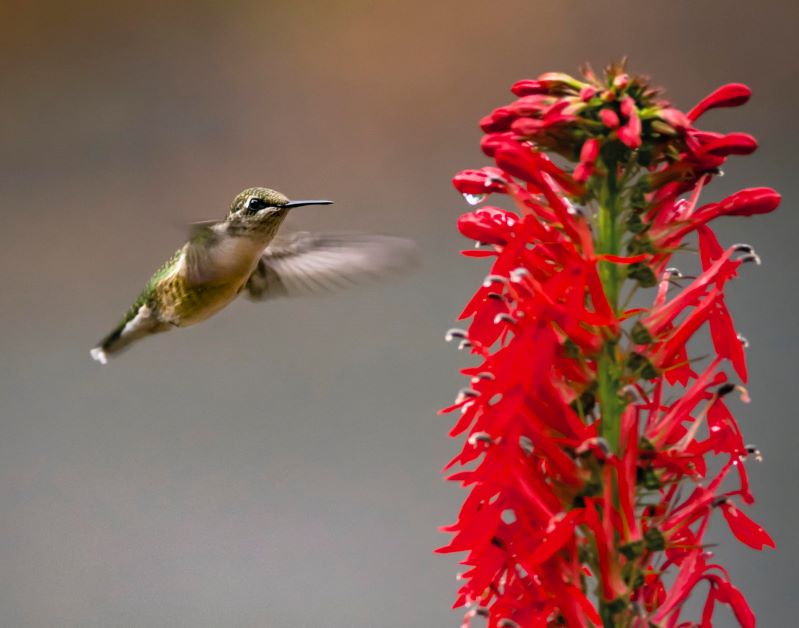
- USDA hardiness zones: 3 through 9
- Light: full sun to part shade
- Water: moderate to high; not drought-tolerant
- Soil: moist and loamy; neutral to acidic
- Size: 2 to 4 feet tall and 1 to 2 feet wide
- Bloom time: summer through fall
- Toxic: toxic to humans and animals
- Other common names: water gladiole, red bay, scarlet lobelia, slinkweed, bog sage,
Obedient Plant (Physostegia spp.)
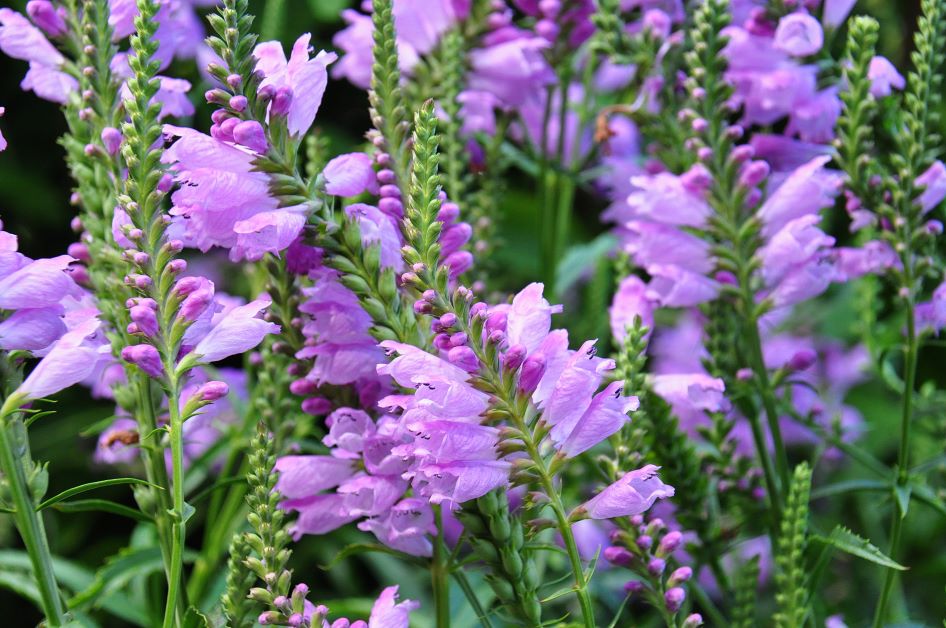
- USDA hardiness zones: 3 through 9
- Light: full sun to part shade
- Water: moist, fertile, and loamy; slightly acidic
- Soil: moderate; not drought-tolerant
- Size: 3 to 4 feet tall and 2 to 3 feet wide
- Bloom time: summer to fall
- Toxic: no
- Other common names: false dragonhead
Florida Native Annuals that Attract Hummingbirds
Scarlet Morning Glory (Ipomea coccinea)
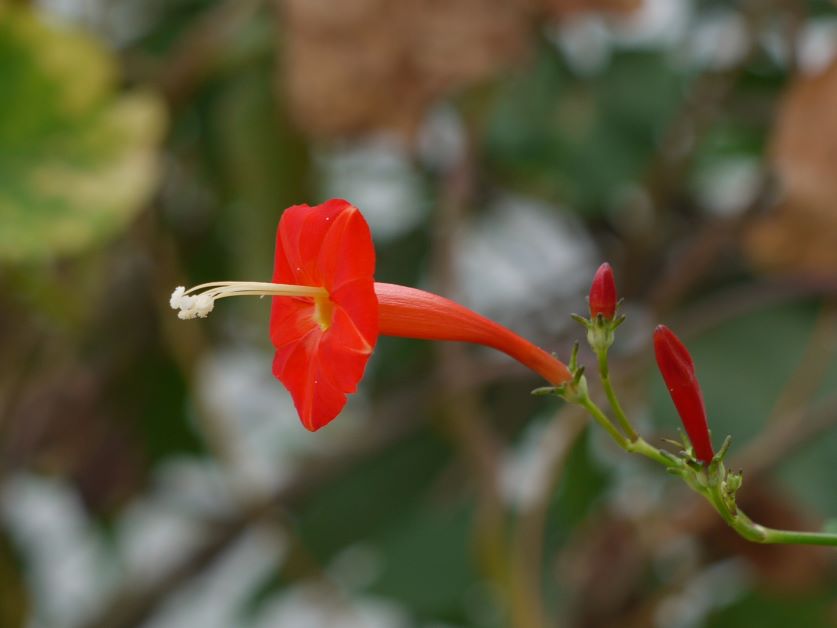
- USDA hardiness zones: 2 through 11
- Light: full sun to part shade
- Water: moderate
- Soil: well-draining and moist; soil pH 5.5 to 7.5
- Size: vine length up to 12 feet
- Bloom time: summer through fall
- Toxic: seeds toxic to humans and animals
- Other common names: red morning glory, redstar, Mexican morning glory, scarlet creeper
Cypress Vine (Ipomea quamoclit)
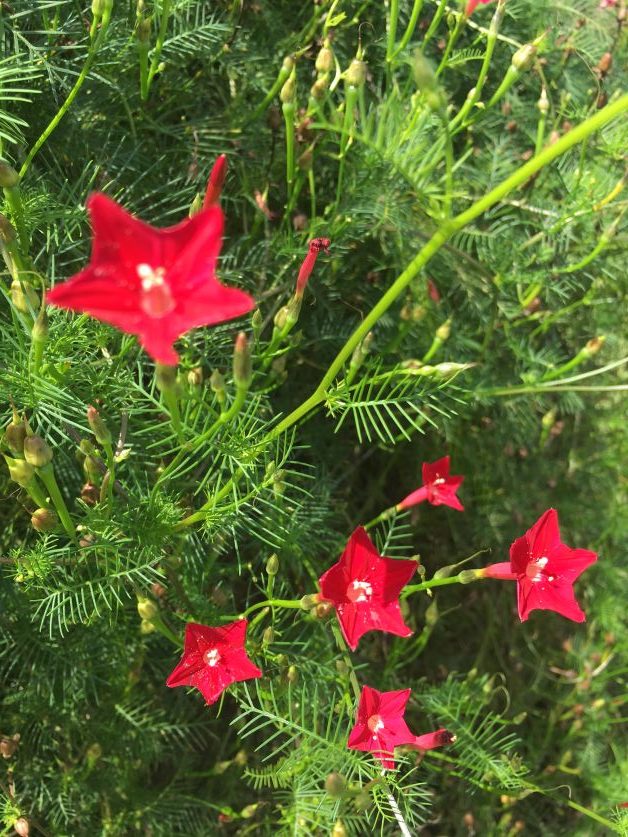
- USDA hardiness zones: 11 through 12
- Light: full sun
- Water: moderate
- Soil: well-draining and moist; soil pH 6.6 to 7.5
- Size: vine length up to 15 feet
- Bloom time: summer through fall
- Toxic: seeds toxic to humans and animals
- Other common names: cypress vine morning glory, cardinal creeper, star glory, star of Bethlehem, hummingbird vine
Standing Cypress (Ipomopsis rubra)
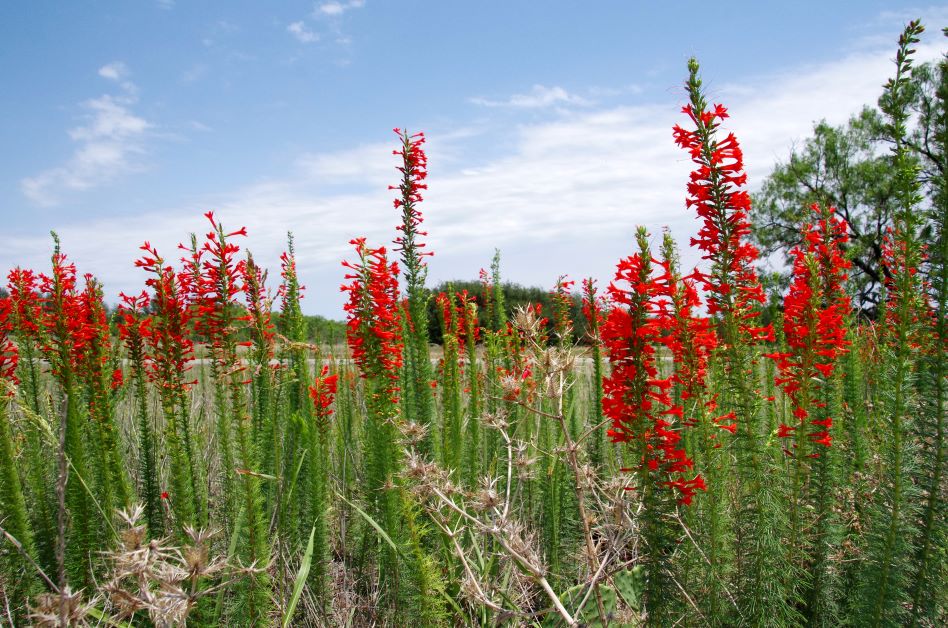
- USDA hardiness zones: 8 through 9
- Light: full sun
- Water: low; drought-tolerant when established
- Soil: not picky as long as it’s well-draining; slightly alkaline
- Size: 2 to 5 feet tall and 1 to 2 feet wide
- Bloom time: summer
- Toxic: unknown
- Other common names: red Texas star, scarlet gilia, Texas plume, flame flower
Disclaimer: All toxicity reports are confirmed through online research. I’m not a doctor or a scientist and can’t guarantee that any of these plants won’t cause you harm — please don’t eat plants that you aren’t 100% sure are safe.
Featured Image Photo Credit: Manuel Espinosa

